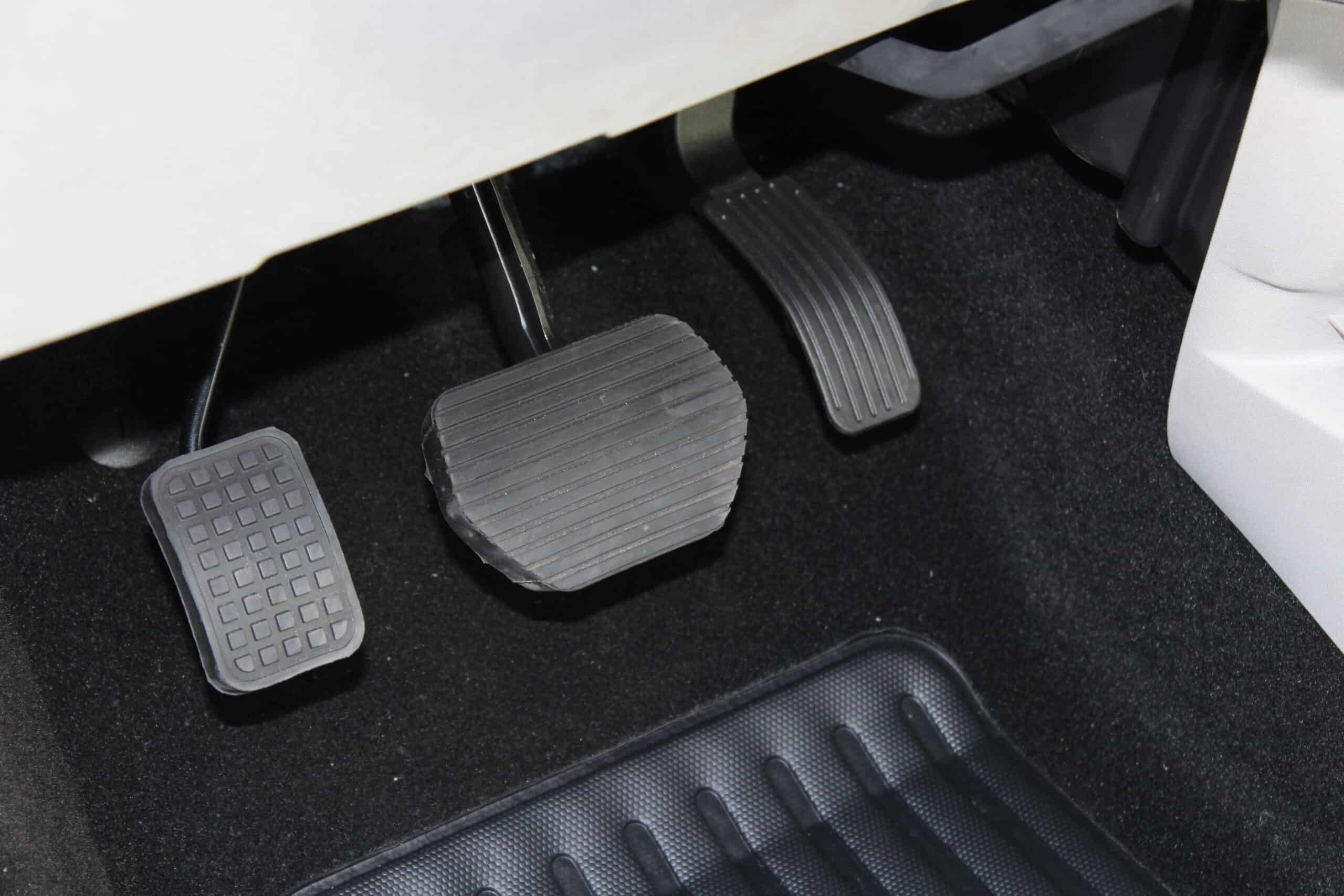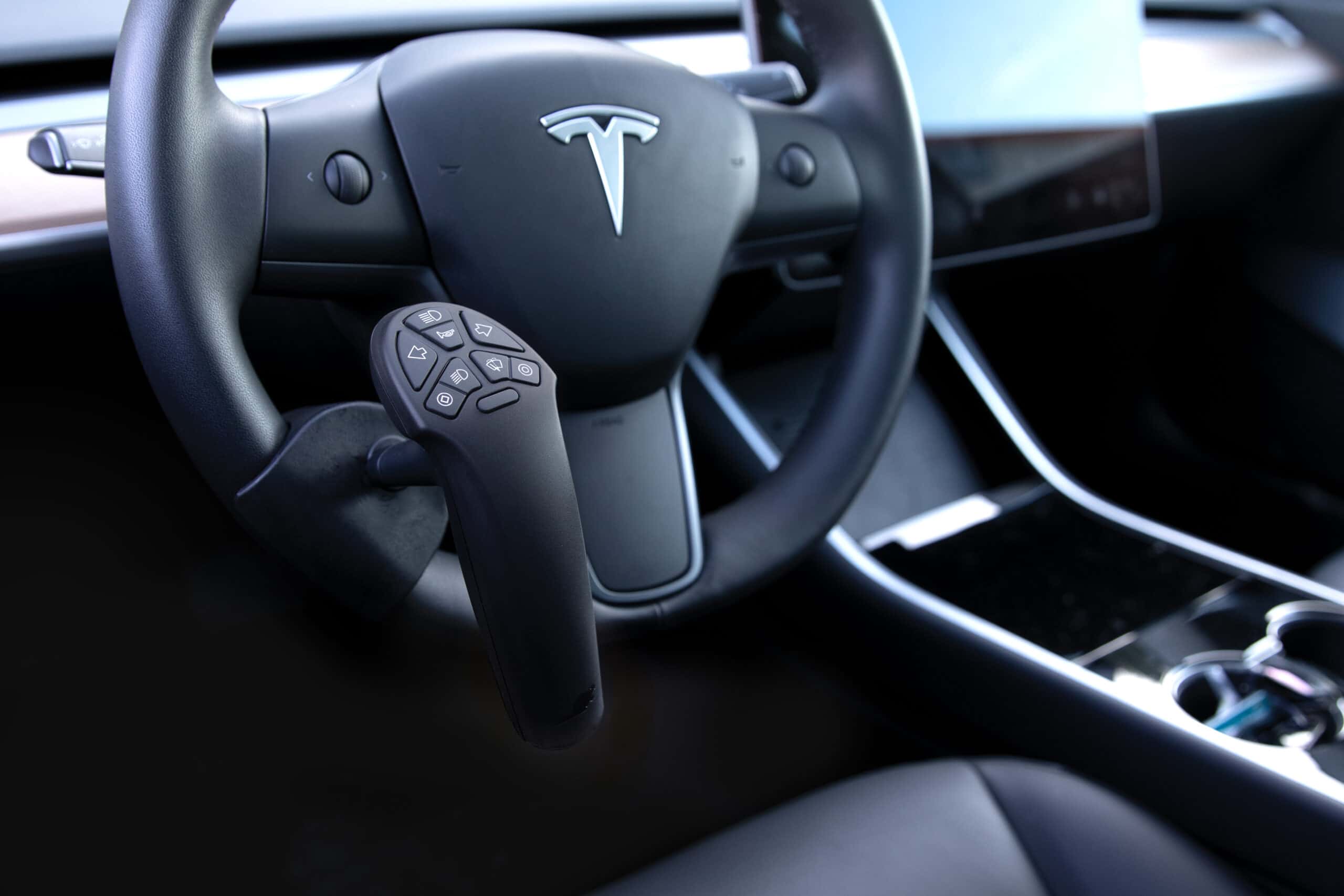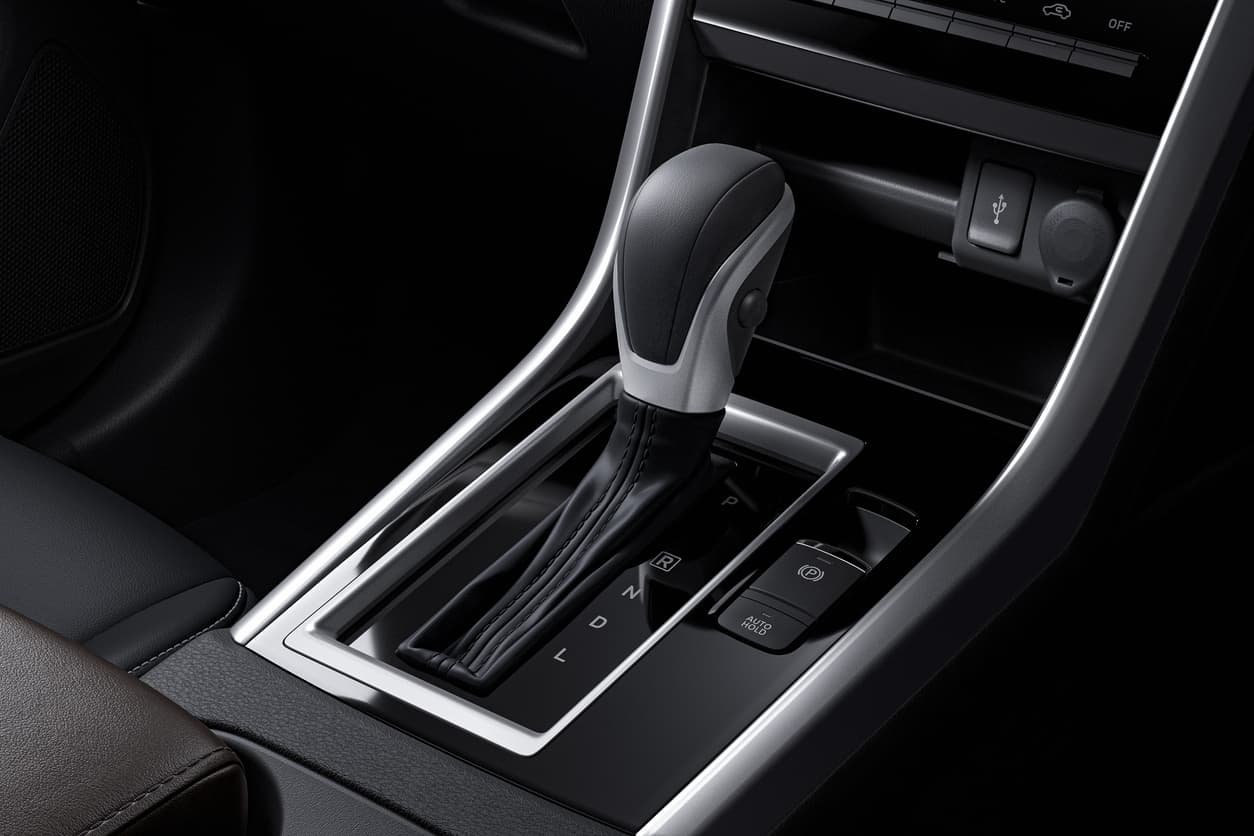[ivory-search 404 "Invalid search form ID search"]
Overview
The vehicle adaptations section lists the more commonly used solutions which range from basic devices that can be fitted to a standard production vehicle, to more technologically advanced and sophisticated controls for drivers with complex needs. Most driver adaptations are fitted to a vehicle with automatic transmission but there are some that can be fitted to vehicles with manual transmission.
Where an adaptation is identified as being relevant to a specific medical condition it is strongly recommended that you consult appropriate specialists to ensure modifications are legal and practical, they are suitable for the licence holder and the intended vehicle, and also to be informed about alternatives. This may include:
Important: Users should always check the legislation in any countries they intend to drive in, as not all adaptations may be allowed.
There is a range of steering solutions from simple steering aids, that can be attached to the steering wheel, allowing one handed steering…

Modifications to the acceleration system may be required because of a medical condition restricting a person’s physical ability to reliably operate the accelerator pedal…

Adaptations to a vehicle braking system range from simple solutions such as a hand operated push brake (service brake) to electronic solutions…

Adjustments can be made to the layout of a vehicle’s secondary controls, for example a client may need to have direction indicators relocated…

When a client is unable to operate a standard manual transmission, they may require adjustments to the clutch system or gears. Usually, the simplest solution is to change…
Seating support and/ or posture can be especially critical for drivers with a medical condition. However, there is a wide range of solutions available to assist…
Extra mirrors, reversing sensors or cameras are just some of the solutions that can be fitted to a vehicle to help aid observation. These solutions are normally used when…

© PracDriva. All Rights Reserved 2022